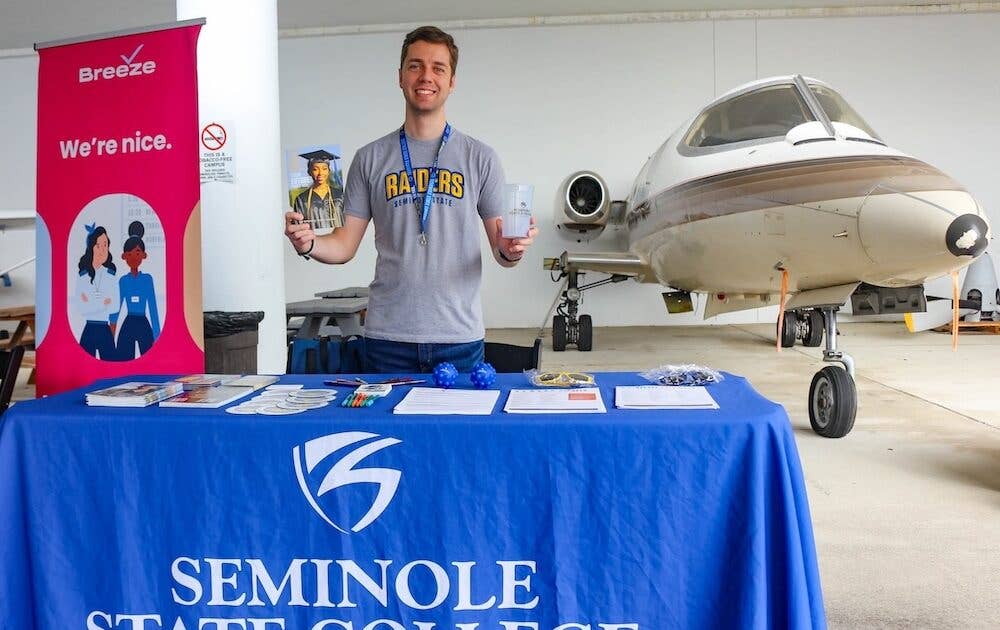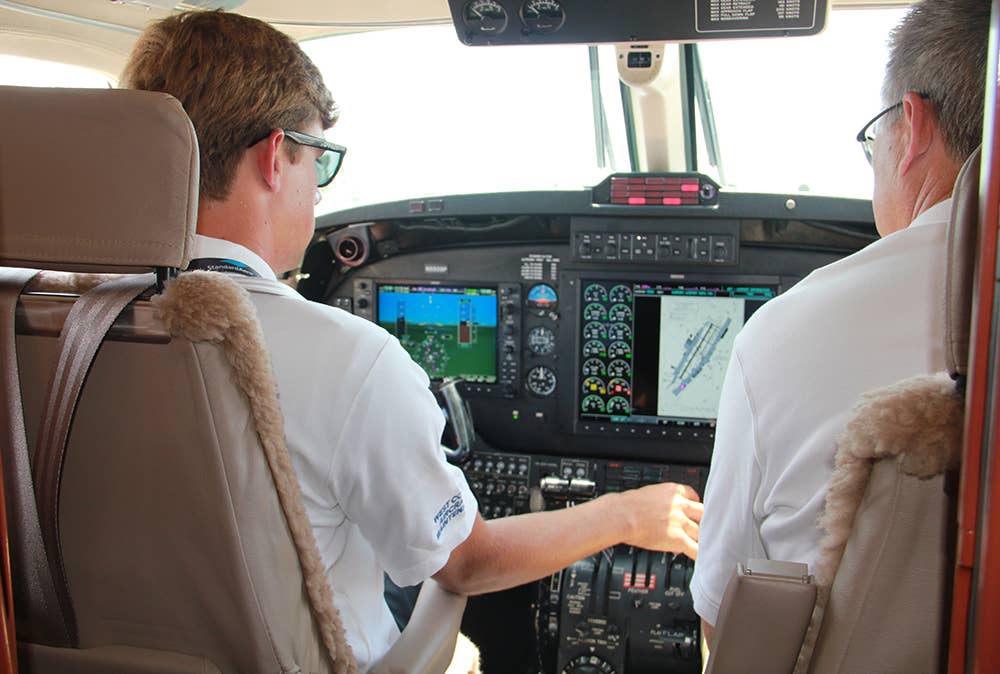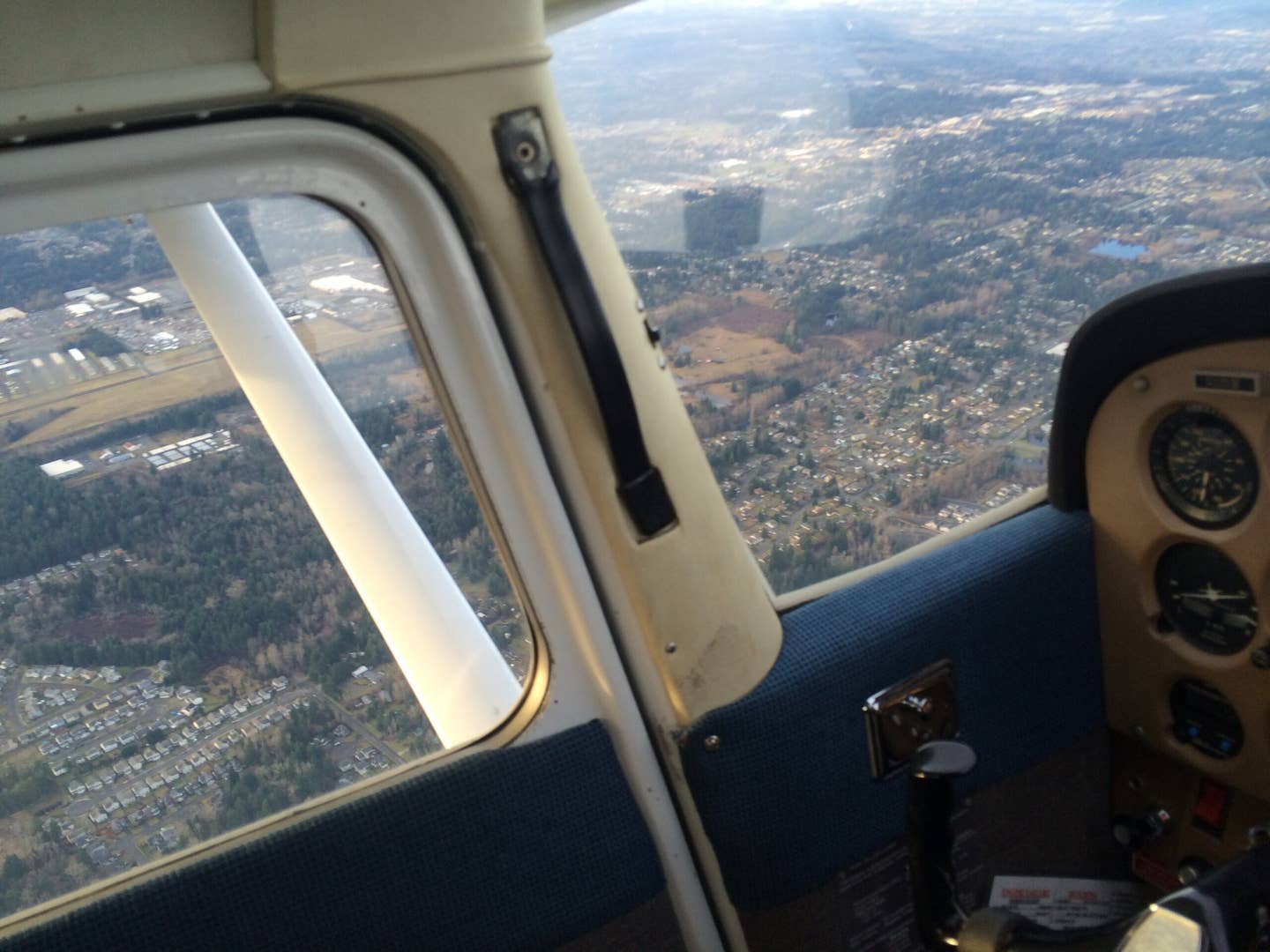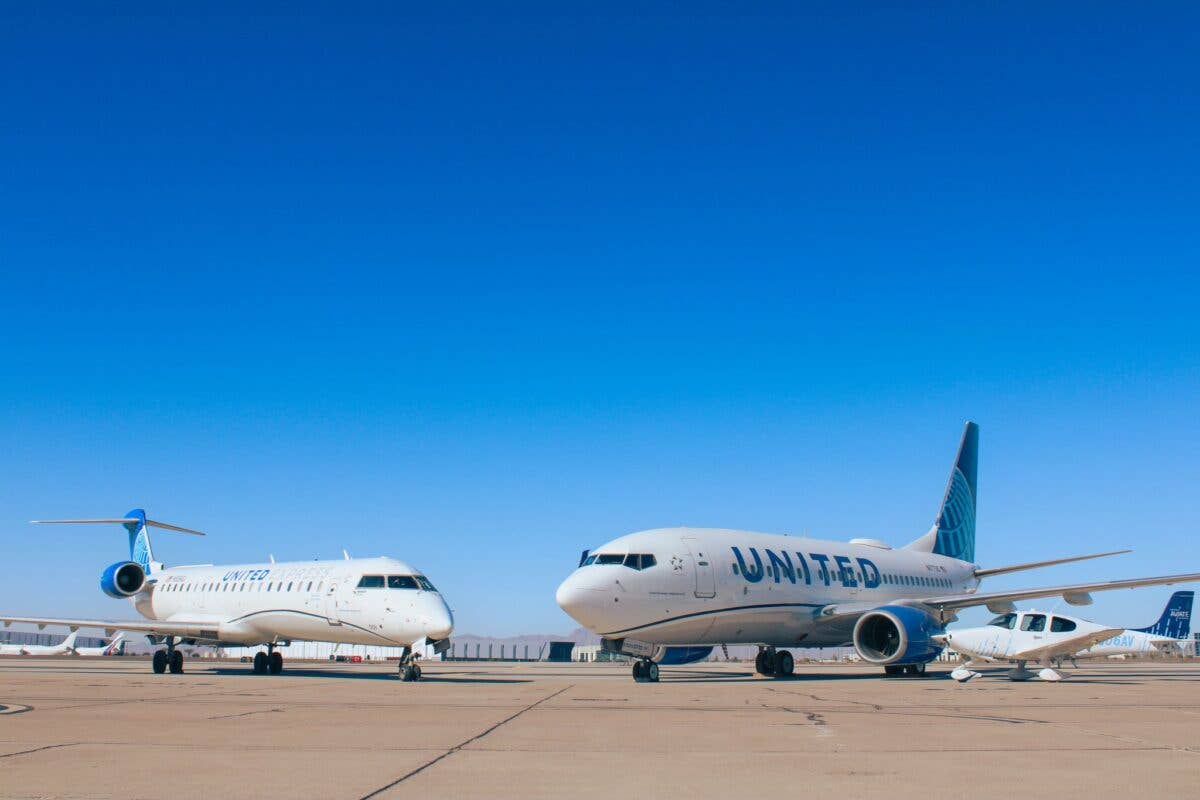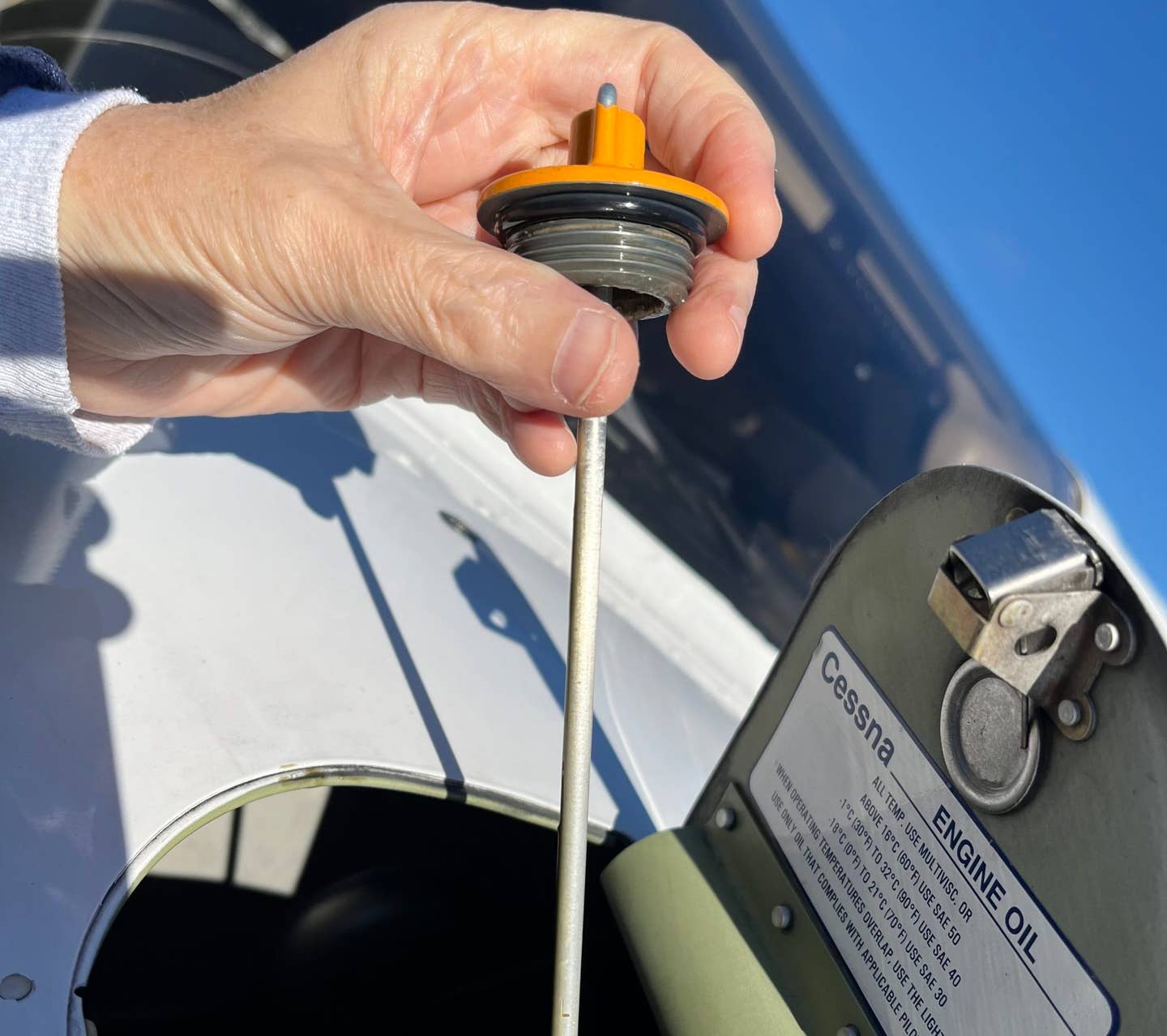Remembering Right of Way and Steering Clear of a ‘Watsonville’
Clearing the area before you turn is one of the first lessons a pilot learns.

Image captured before an August 2022 midair collision at Watsonville Municipal Airport (KWVI) in California. [Credit: NTSB]
I was flying the pattern of Pierce County Airport-Thun Field (KPLU) in Puyallup, Washington, with a private pilot in his Cessna 172 when, just as we reached the “abeam the intended point of touchdown” on the downwind leg, the pilot of a Cessna twin keyed up reporting on a 3-mile final.
I looked off the extended centerline hoping to see the landing light of the twin. No joy. The skies were hazy due to forest fire smoke, and the light was flat because it was late afternoon and, frankly, it was difficult to see anything.
The C-172 pilot reduced engine power and configured the aircraft for a descent. Normal procedures called for losing 200 to 300 feet of altitude then turning base when the runway was at a 45-degree angle to the aircraft.
"Do you see the twin?" I asked, because I still didn't have a visual.
"Nope," the pilot said, stopping the descent. “I’m not turning base until I see him. I’m not going to do a Watsonville.”
We continued on an extended downwind for another 10 seconds, then the pilot of the C-172 decided to break off the approach and depart to the west. He told me he planned to reenter on the 45. As he rolled wings level to the west, we finally saw the twin—on short final.
Watsonville
“Watsonville” refers to an August 2022 midair collision between a Cessna 152 and a Cessna 340A at Watsonville Municipal Airport (KWVI) in California. Three people and a dog were killed.
The National Transportation Safety Board (NTSB) released the final report on the accident earlier this year. All accident reports present an opportunity to learn. What I learned from this one is that in aviation you can be doing everything right, but if someone else does something wrong, you can still get hurt.
Deconstructing Watsonville
According to the NTSB, on August 18, 2022, around 3 p.m. PDT the pilot of the C-152 was in the pattern for Runway 20 as the pilot of the C-340A was attempting a straight in. It was a VFR day. Both pilots were communicating on the common traffic advisory frequency (CTAF).
The pilot of the C-152 was flying in the traffic pattern of the nontowered airport and making position reports on the airport’s CTAF. The pilot of the twin made an initial radio call 10 miles from the airport announcing his intentions to perform a straight approach for Runway 20. The pilot of the C-152 was flying the pattern for Runway 20. He made position reports as he turned on each leg of the pattern—as a well-trained pilot does.
I listened to the recordings of the CTAF on LiveATC.com after the event. The C-152 pilot’s radio calls were concise and informative.
Just after the pilot of the twin reported a 3-mile final, the pilot of the C-152 announced he was turning left base for Runway 20. Around 19 seconds later, the twin pilot reported that he was a mile from the airport. The last transmission of the C-152 pilot noted how quickly the larger airplane was coming up behind him and announced he was going around.
The Cessna twin hit the C-152 from behind. The aircraft collided less than a mile from the runway at an altitude of approximately 150 feet above ground. There were several witnesses on the ground, and the collision was caught on security cameras near the airport.
The Aftermath
Investigators using ADS-B data determined the twin was at a ground speed of 180 knots, more than twice that of the C-152 on approach and considerably faster than the normal C-340A approach speed of 120 knots.
The examination of the wreckage revealed the twin's wing flaps and landing gear were both retracted at the time of the collision, which is consistent with the pilot’s failure to configure the airplane for landing. Normal flap extension speed for the C-340A is 160 knots, and the landing gear extension is 140 knots. Investigators noted that the faster speed reduced the pilot's time to see the smaller aircraft.
Witnesses on the ground reported the twin veered to the right at the last second, but it wasn't enough to avoid the smaller, slower aircraft.
The NTSB determined the probable cause of the accident to be "the failure of the pilot of the multiengine airplane to see and avoid the single-engine airplane while performing a straight-in approach for landing."
Applying Lessons at Home
That Watsonville accident was talked about for weeks at my home airport as there are a few light twins based there. These airplanes often do straight-in approaches, or fly the RNAV 35 in VFR conditions. It is legal for them to do so.
One of the lessons I impart is for the learners to pay attention to the make of aircraft as well as their distance from the runway during position reports. “Cessna twin” tells me that it is faster and larger than the Cessna 100 series aircraft I normally fly. Conversely, if I hear “yellow Cub,” I know to keep looking for slower traffic.
Right of Way
Clearing the area before you turn is one of the first lessons a pilot learns. It is the aviation version of look before you cross the street.
One of my best learners, an Army helicopter pilot going for her fixed wing add-on, had this down cold. She was used to flying in a multicrewed environment so she would say, “Look left, clearing left, coming left,” then make the turn. If there was another aircraft, she’d announce, “Not clear to the left, not sure if he sees me,” then she would turn to avoid the other aircraft, often taking us in the opposite direction or changing altitude. This was even if we technically had the right of way, per FAR 91.113.
FAR 91.113 states: "When weather conditions permit, regardless of whether an operation is conducted under instrument flight rules or visual flight rules, vigilance shall be maintained by each person operating an aircraft so as to see and avoid other aircraft." It is difficult to avoid the other aircraft if you don’t see them—and don’t count on ADS-B as a crutch, as some aircraft are not equipped with it. You still need to keep your eyes outside.
The details of FAR 91.113 state which aircraft have right-of-way over others. Basically, the least maneuverable, such as a glider (no engine for go-around) or airship (those things are slow), have the right of way over an airplane, unless the airplane is being towed, refueled, or is in distress.
FAR 91.113 also states that the aircraft being overtaken has the right of way—as the C-152 did in Watsonville. But the rules don't help if the pilot of the other aircraft doesn’t see you.
Instead of potentially putting yourself in front of a faster, larger aircraft, take precautionary evasive action, even if you do technically have the right of way. There are a lot of rights worth dying for. Right of way is not one of them.

Sign-up for newsletters & special offers!
Get the latest FLYING stories & special offers delivered directly to your inbox

